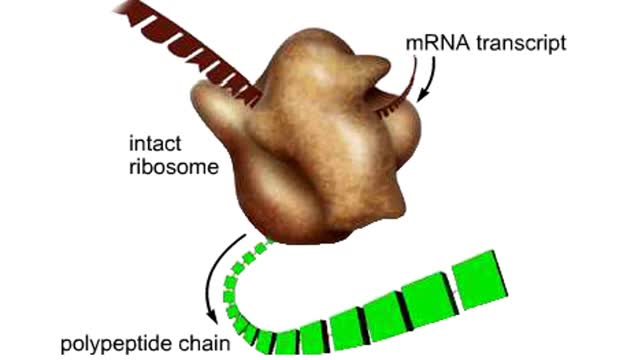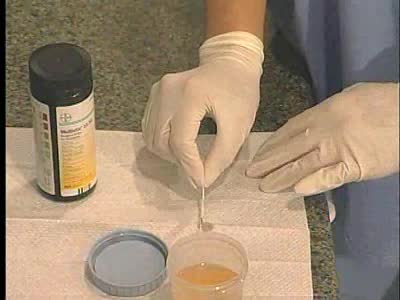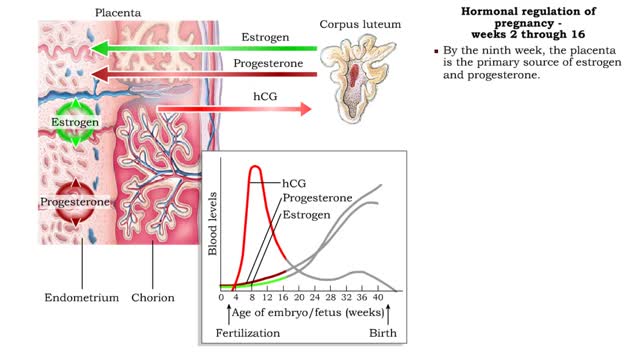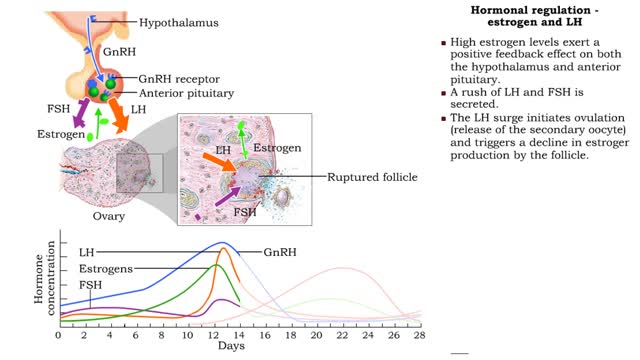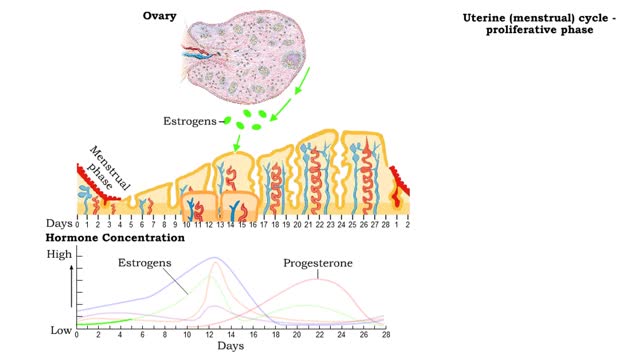Search Results
Results for: 'second and third levels of protein structure'
By: HWC, Views: 8565
The structure and function of the mammalian ribosome. The mammalian ribosome consists of two subunits, one small and one large. Each subunit is assembled in the nucleus from rRNA and structural proteins. Once assembled, the ribosomal subunits are shipped separately to the cytoplasm. ...
Insulin (glucose uptake by body cells), glycogenesis and lipogenesis
By: HWC, Views: 11924
Insulin is the regulator that allows the sugar from the foods we eat (be it a piece of cake or a stick of celery) to enter our tissues and become part of the metabolic process. Insulin is made by the Islets of Langerhans, which are found in the pancreas of every person. As we previously mentio...
Proteins Defined, Hierarchy & Composition of Cells
By: HWC, Views: 11268
Proteins are long chains of amino acids linked together by peptide bonds. Together with the other three biological macromolecules—carbohydrates, lipids, and nucleic acids—proteins are the building blocks of cells. Proteins are the most complex and abundant biological macromolecules in cel...
Enzyme structure - Properties of enzymes
By: HWC, Views: 11666
â– Enzymes are proteins that catalyze reactions. â– Some enzymes have two parts: a protein or apoenzyme and a non-protein or cofactor. â– Cofactor can be a metal ion or another organic molecule called a coenzyme. â– Coenzymes often come from vitamins. â– Cofactors affect the shape of...
By: Administrator, Views: 14987
A urinalysis is a test of your urine. A urinalysis is used to detect and manage a wide range of disorders, such as urinary tract infections, kidney disease and diabetes. A urinalysis involves checking the appearance, concentration and content of urine. Abnormal urinalysis results may point to ...
Hormonal regulation of pregnancy - weeks 2 through 38
By: HWC, Views: 12158
Weeks 2 through 16 • During the first few months of pregnancy, estrogen and progesterone are secreted primarily by the corpus luteum. • These hormones act to maintain nutritional support for the embryo and fetus. • hCG production increases, peaking at 8 weeks. • hCG triggers the c...
Phases of the Female Reproductive Cycle - Hormonal regulation
By: HWC, Views: 12125
FSH, LH and estrogen • FSH travels through the bloodstream from the anterior pituitary to the ovaries. • FSH promotes follicular growth. Increased follicular growth promotes estrogen production. • Small increases in blood estrogen levels inhibit the release of FSH and LH into the bl...
Uterine (menstrual) cycle - phases
By: HWC, Views: 11611
• The uterus goes through a cyclical developmental pattern to be ready for implantation and support of an embryo. • The uterine, or menstrual, cycle is under the control of ovarian horrnones. • The uterine cycle also has three phases: • Menstrual phase • Proliferative phase â€...
Second Messengers in the Inositol-lipid Signaling Pathway
By: HWC, Views: 10844
Extracellular signals produce specific responses in target cells through the action of intracellular second messengers. Here, we focus on three second messengers, IP3, DAG, and Ca2+, all involved in the inositol-lipid signaling pathway. A hormone-receptor signal on the cell surface leads to the a...
Advertisement



